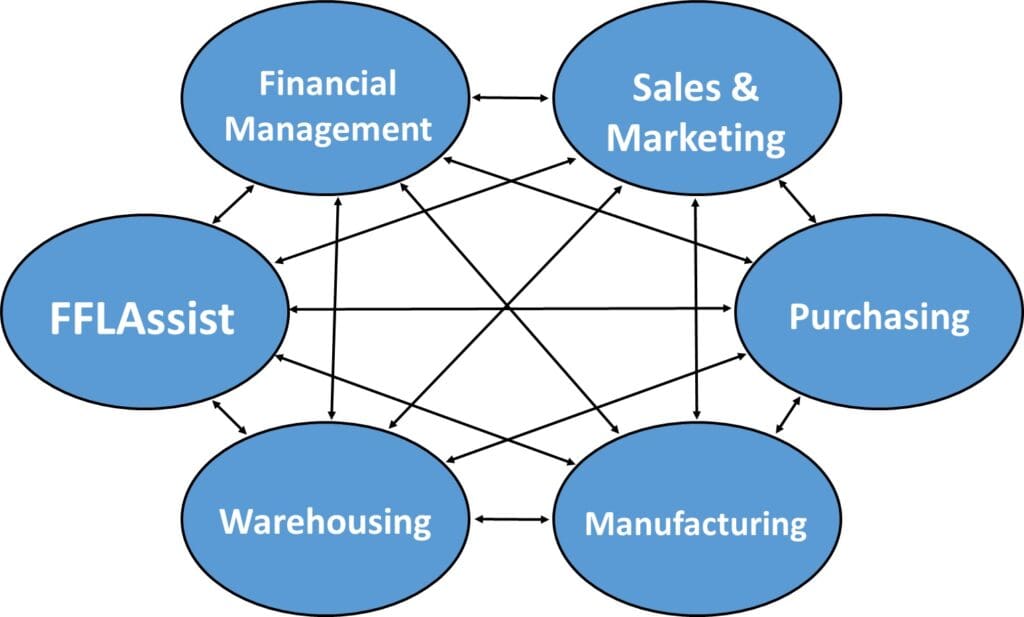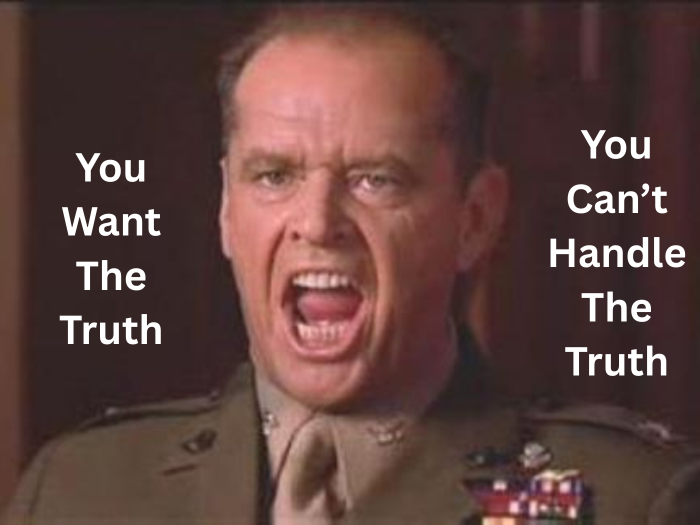Maybe you’ve heard this statement before, and maybe not. In my world of implementing computer systems, this phrase “one version of the truth” means that all data is together in one system. Users simply enter data once (i.e., a new customer), and that data is used throughout the system as needed.
When you have multiple systems running your operations, you don’t have “one version of the truth.” You have multiple versions of the truth because the data could be entered differently in each system. A customer in your accounting system could have a customer number of “C0010”, and that same customer in your CRM system could have a customer number of “C0015”.
So, if you have multiple systems, you need to undertake actions that unify, synchronize, or bridge the data between these systems. And all of these actions cost you money because you have to build and monitor the bridge. I had one client in South Carolina who owned and managed 15 individual campgrounds and rented the campground sites. Each of these 15 individual campgrounds under the corporate umbrella had its own independent POS system at the campground store. That is 15 independent interfaces to transmit daily sales to corporate. That is 15 independent reconciliations. In short, that cost my client a LOT of money.
And if the bridge is transferring dollar amounts back and forth, you need a method to reconcile the dollar values being transferred. Let’s say you are transferring today’s sales receipts of 15 transactions totaling $75,000 from the “sending” system. Then on the “receiving” system, you need to ensure that 1) 15 transactions are transferred and 2) that they totaled $75,000. What if only 14 transactions were transferred? What do you do? This is where the “one version of the truth” concept gets blown completely out of the water. So, you need a method to synchronize the data.
Such synchronization methods are:
- Automated interfaces between the systems, where one system “A” pushes data to system “B”, or system “B” pulls data from system “A”. As part of setting up these automated interfaces, you need to decide the frequency at which data will be synced. Will data be synced every 5 minutes, or will it be synced once a day?
- Manual interfaces between the systems. This usually involves dumping the data from system “A” into Excel, massaging the data, then uploading the data into system “B”. This is highly ineffective and very costly, because it requires someone on your staff to do this.
- API. This acronym stands for “Application Programming Interface.” This is a small program that is already configured to talk between two systems. Each data element from system “A” is mapped to each data element in system “B”. You could consider APIs automated interfaces.
- Fully integrated relational database. THIS IS FFLAssist! FFLAssist is built on top of Microsoft’s Business Central ERP system. It is the number one ERP system in the world for mid-size companies, but is scalable up for enterprise-sized companies and down for mom & pop-sized shops. Business Central (aka “BC”) contains over 6000 tables, but only one (1) customer table. By having only one customer table, as a user, I can only have one customer record with a customer number of “C0010”. I cannot have the same customer with customer numbers of both “C0010” and “C0015”. The system will generate the “customer is already on file” error message.
So, when considering a new system, you need to determine 1) do I want to have my compliance, retail, and back-office operations handled by multiple systems, or 2) do I want to have my compliance, retail, and back-office operations handled by a single system?
So, when I say that FFLAssist is FULLY INTEGRATED into back-office operations, it means that FFLAssist is one system that can handle all your compliance, retail, and operational needs…one version of the truth!

And to expand that integration concept even further, FFLAssist has partnered with one of the largest credit card gateway systems in the world…eBiz Charge. This company is fully gun-friendly, being a vendor at the S.H.O.T. show in Las Vegas in January. Last year, they processed over $15 billion…with a “B” worth of transactions.
You, as a dealer, are free to use whatever credit card payment gateway you choose. But if you do, you have to do a nightly reconciliation between the gateway and FFLAssist. If you decide to use eBiz Charge, this reconciliation is eliminated. At a gun show, or even in your brick-and-mortar store, you simply hand your customer the linked portable card reader. Upon tapping or swiping, the invoice for their gun purchase is immediately paid in full. The settlement reports you then run at the end of the day will exactly match your FFLAssist sales. How’s that for one version of the truth?
To discuss what FFLAssist can do for your business, click here.
To schedule a no-obligation 1-hour demo, click here and select which date/time works best for you.

